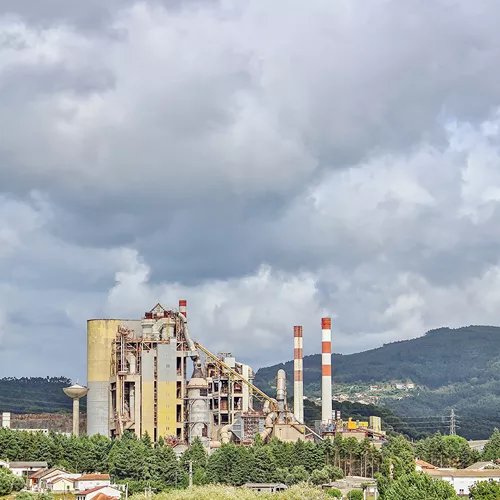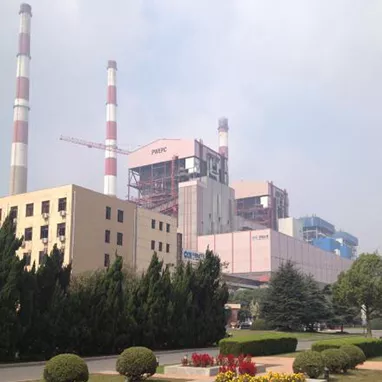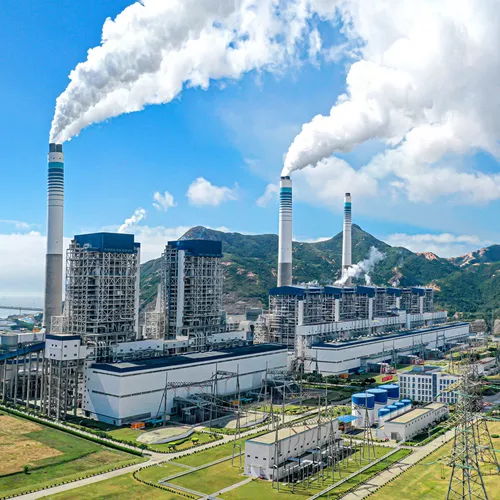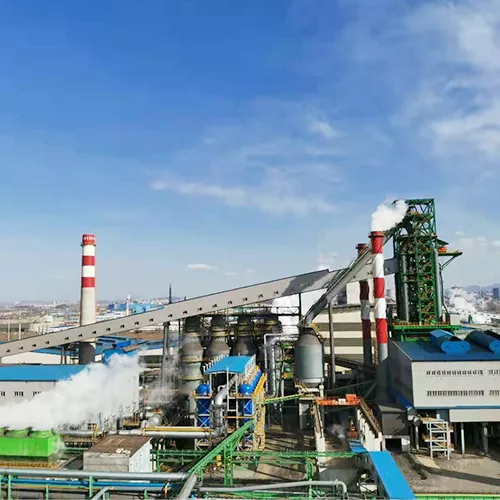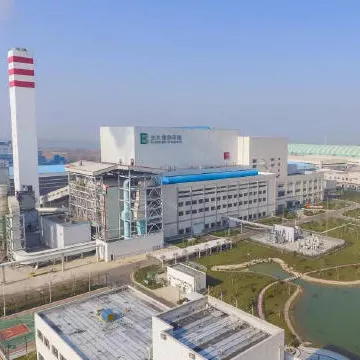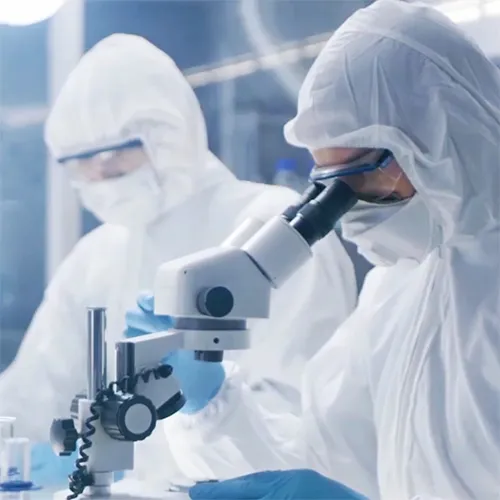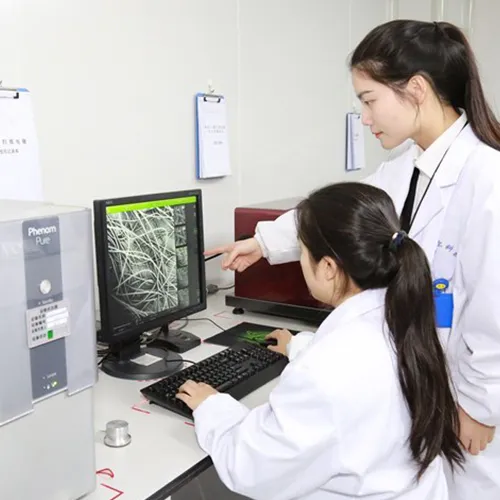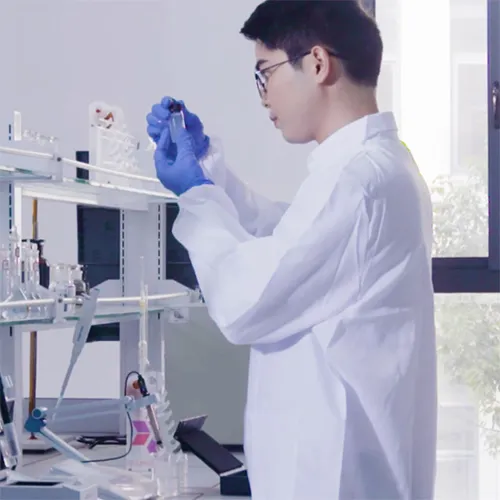Çevre koruma odaklı pazar dönüşümü: Denitrifikasyon katalizörlerine olan talebin artmaya devam etmesinin nedeni
Küresel çevre standartları giderek daha katı hale geldikçe, ülkeler azot oksit (NOx) emisyonları üzerinde giderek daha katı kısıtlamalara sahip oluyor ve bu da doğrudan denitrasyon katalizör pazarının hızla gelişmesini teşvik ediyor. Özellikle sanayi, enerji ve ulaşım gibi yüksek emisyonlu alanlarda denitrasyon teknolojisi emisyon azaltımı için önemli bir araç haline geldi ve temel malzemeleri olan katalizörler talepte önemli bir artış gösterdi.
1. Çevre koruma politikaları pazar büyümesinin itici gücü haline geldi
Küresel emisyon standartları yükseltildi. Çin: Son yıllarda, kömürle çalışan elektrik santralleri, çelik, çimento ve diğer endüstrilerin NOx emisyon sınırlarını daha da düşürmesini gerektiren ultra düşük emisyon politikaları getirildi. Avrupa ve Amerika Birleşik Devletleri: Sıkı endüstriyel ve araç emisyon standartlarının (Euro 6 ve Tier 4 gibi) uygulanması, denitrasyon verimliliği için daha yüksek gereksinimler ortaya koydu. Gelişmekte olan ülkeler: Çevresel farkındalığın artmasıyla birlikte, daha sıkı NOx emisyon standartları kademeli olarak benimsendi ve pazara yeni talep eklendi.
Karbon nötrlüğü hedefleri yeşil teknolojiyi teşvik eder
“Çift karbon” hedefi doğrultusunda şirketler, çevre koruma ekipmanlarının yükseltilmesini hızlandırırken, denitrasyon katalizörü pazarı da buna paralel olarak genişledi.
2. Hızla büyüyen pazar talebine sahip endüstriler
Güç endüstrisi
Kömürle çalışan elektrik santralleri hala NOx emisyonlarının başlıca kaynağı olup, dünya genelinde büyük ölçekli ultra düşük emisyon dönüşümleri katalizörlere olan talebi artırmıştır.
Çelik ve çimento endüstrisi
Çelik işletmelerinde yüksek fırınlardan ve sinterleme makinelerinden kaynaklanan emisyonların arıtımı, özellikle Çin gibi büyük çelik üreten ülkelerde yeni bir büyüme noktası haline gelmiştir. Çimento fırını denitrifikasyon yenileme projeleri de hızla genişlemiştir.
Otomotiv endüstrisi
Yeni enerjili araçların yaygınlaşmasıyla birlikte, geleneksel içten yanmalı motorlu araçların emisyon standartları sürekli olarak iyileştirildi ve SCR denitrifikasyon katalizörleri Ağır hizmet tipi dizel araçlar için önemli bir konfigürasyon haline gelmiştir.

3. Teknolojik ilerleme ve pazar yapısı
Düşük sıcaklıkta denitrifikasyon teknolojisi
Düşük sıcaklık katalizörlerinin geliştirilmesiyle, geleneksel yüksek sıcaklık çalışma koşullarının sınırlamaları aşılmış ve uygulama kapsamı büyük ölçüde genişletilmiştir.
Yenileme teknolojisi geliştirme
Katalizör rejenerasyon teknolojisi giderek daha da olgunlaşıyor ve pazara daha düşük maliyetli bir çözüm sunuyor.
Yoğunlaşan piyasa rekabeti
Yerel denitrifikasyon katalizör üreticileri giderek hakim konuma gelmiş, bazı şirketler ise teknolojik inovasyon ve maliyet avantajlarıyla yükselerek uluslararası devlerle rekabet ortamı oluşturmuşlardır.
4. Zorluklar ve fırsatlar
Ana zorluklar
Vanadyum, titanyum ve diğer metallerin fiyat dalgalanmaları gibi artan hammadde maliyetleri sektör üzerinde belli bir baskı yarattı.
Teknoloji araştırma ve geliştirme faaliyetlerine yüksek yatırım yapılması, bazı küçük ve orta ölçekli işletmelerin uzun vadeli araştırma ve geliştirme maliyetlerini karşılamada zorluk çekmesine neden olmaktadır.
Potansiyel fırsatlar
Cam imalatı ve kimyasallar gibi alt sektörlerin genişlemesi gibi enerji dışı sektörlerde de yönetişime olan talep artıyor.
Küresel karbonsuzlaştırma ve yeşil enerji dönüşüm politikaları yeni teknolojilerin geliştirilmesini ve uygulanmasını teşvik etmeye devam ediyor.
5. Gelecekteki piyasa görünümü
Denitrifikasyon katalizör pazarının özellikle Asya-Pasifik bölgesinde ve gelişmekte olan ekonomilerde istikrarlı bir büyümeyi sürdüreceği öngörülmektedir. Teknolojinin ve politika desteğinin daha da iyileştirilmesi, endüstrinin gelişimine canlılık katmaya devam edecektir. Gelecekte, yeşil, düşük maliyetli ve yüksek verimli katalizörler endüstri rekabetinin anahtarı haline gelecektir.
Çevre koruma politikalarının rehberliği ve pazar talebinin iyileştirilmesi sayesinde, denitrifikasyon katalizör endüstrisi çevre koruma endüstrisinin önemli bir parçası haline geliyor. İşletmeler, politikalar ve teknolojilerin getirdiği yeni fırsatları değerlendirmeli, pazar talebindeki değişikliklere ayak uydurmalı ve sürdürülebilir kalkınmanın teşvikine katkıda bulunmalıdır.






